Last Chance to Catch NYC's Holiday Notalgia Train
We met the voices of the NYC subway on our nostalgia ride this weekend!


Set amongst rolling, grassy hills on the western shore of Lake Champlain in upstate New York sit the ruins of a colonial fort. The scene takes you far away from New York, almost something you might find in the United Kingdom. Yet, the Crown Point State Historic Site, is right in New York’s Essex County, part of the Adirondack Mountains.
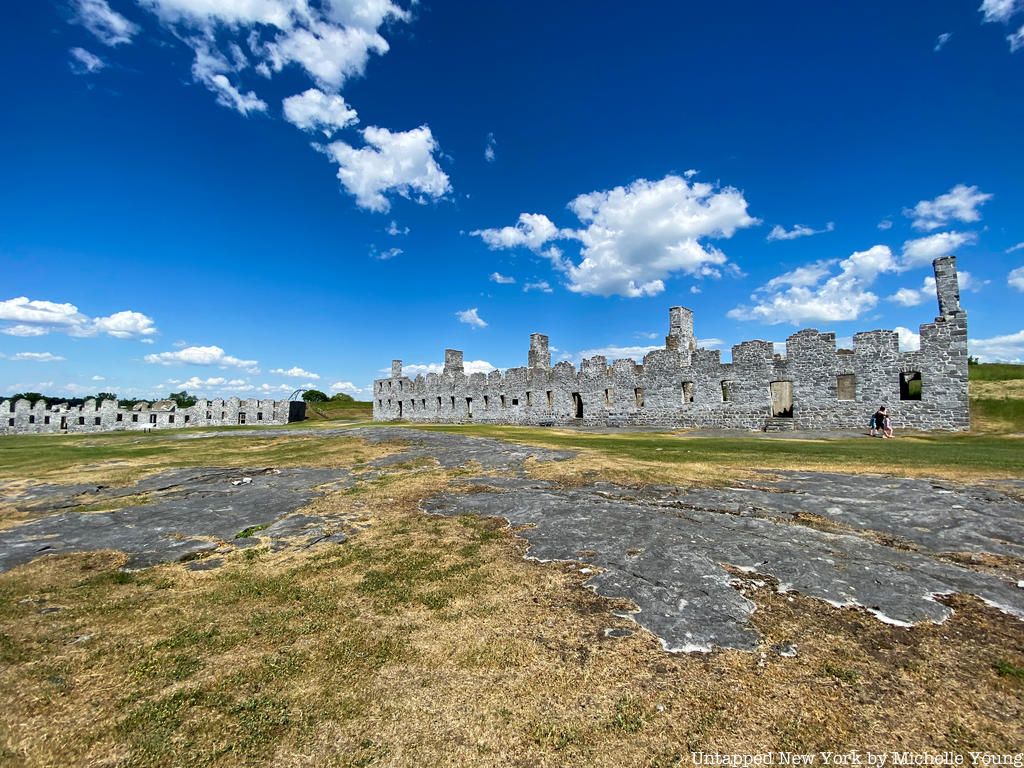
The former military stronghold is at the location of French-built Fort St. Frédéric, which was destroyed in 1759, as well as Fort Crown Point constructed by the British. Fort St. Frédéric was built by the French to secure the region against British colonization, constructed by Gaspard-Joseph Chaussegros de Léry. Its walls were four stories high and 12 feet thick, and it was guarded by troops from infantry units called Les Compagnies Franches de la Marine. The fort was the only French stronghold in the region until Fort Carillon, the precursor to Fort Ticonderoga. The fort was targeted by the British during the French and Indian War, and it was ultimately destroyed in 1759 by retreating French forces before the advance of a 10,000 man British attack led by Jeffrey Amherst.
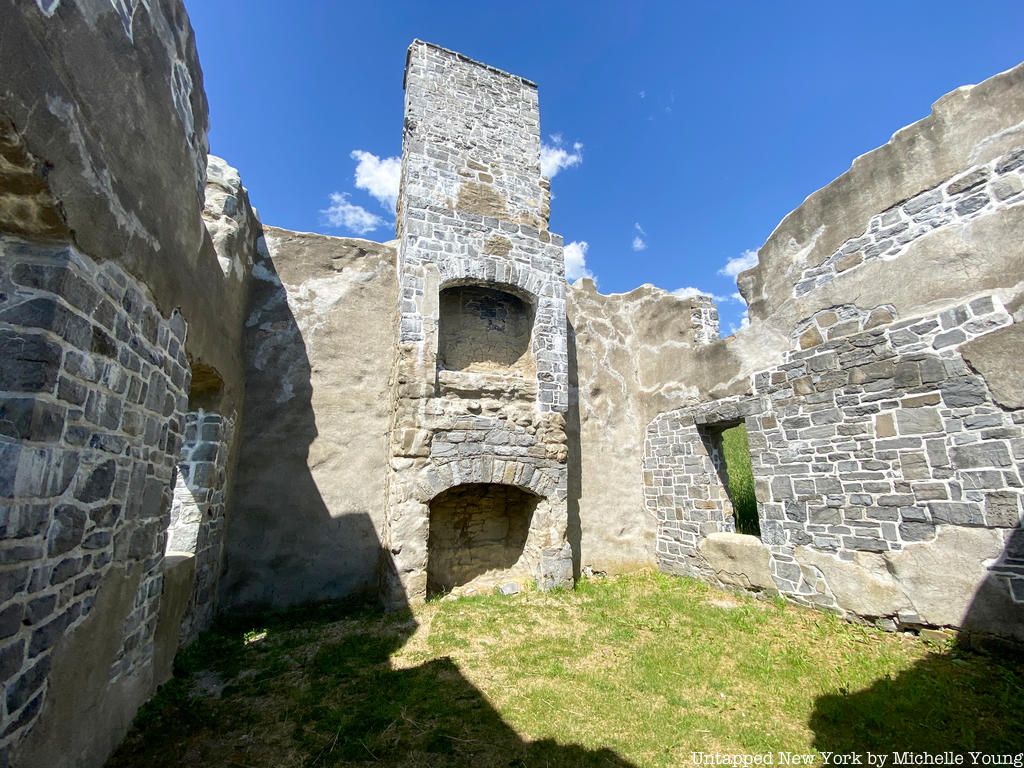
Fireplace inside soldier barracks
However, instead of rebuilding a fort on the grounds of Fort St. Frédéric, Amherst decided to construct a fortification at Crown Point once the French retreated to modern-day Canada. Israel Putnam, an American army general officer, supervised the construction of the fort before fighting in the Battle of Bunker Hill two decades later. The fort was the largest earthen fortress built in the United States, constructed in the pentagonal shape.
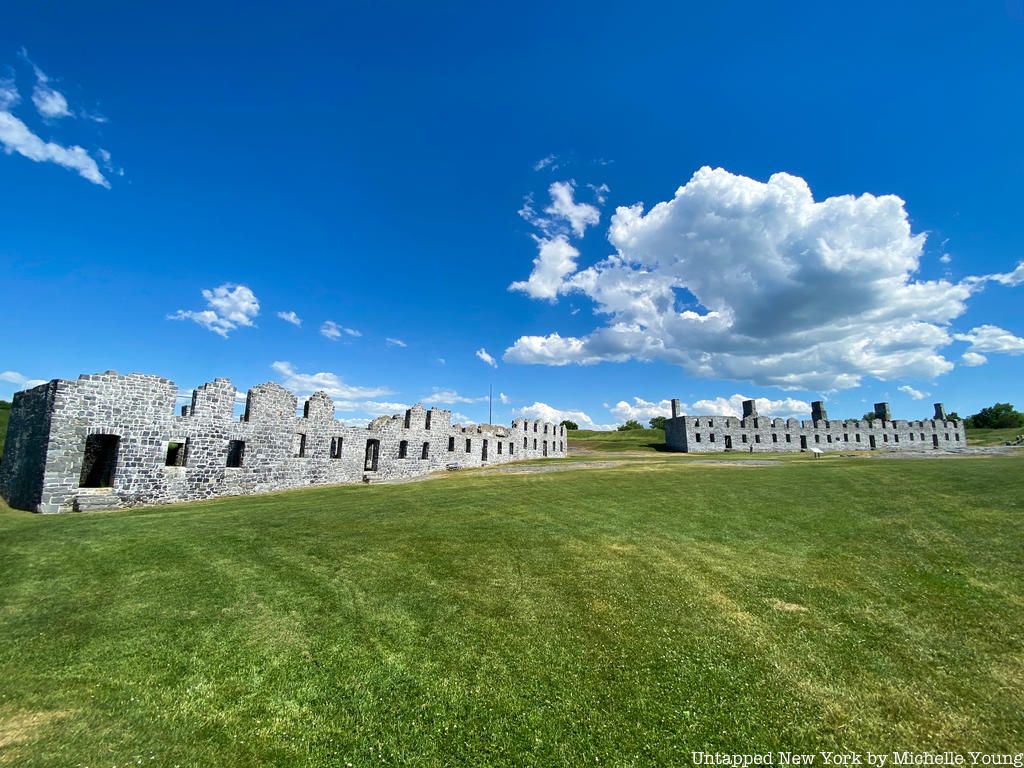
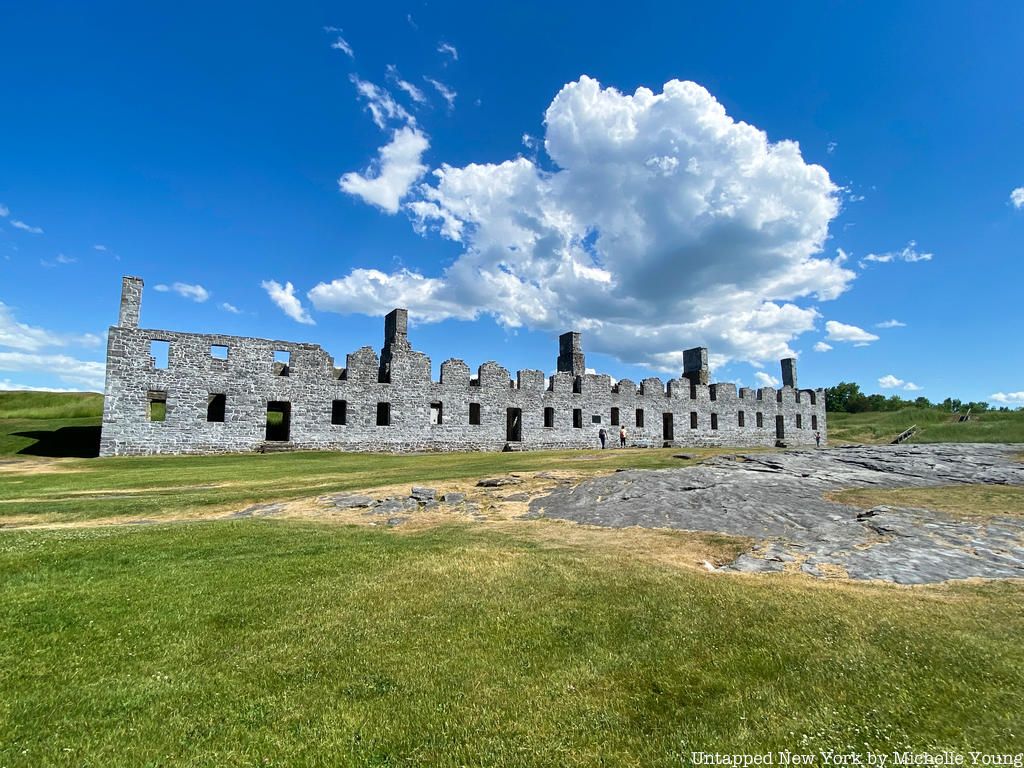
“There is a Large Fort begun,” Benjamin Crary, a member of the New York Militia, wrote in a letter. “The Foundation is laid… built with timber and earth and is 25 feet thick. It is to be built twenty feet high. The inside of the Fort contains four and three quarter acres, and the trench around the fort is about 30 feet wide and is to be 14 feet deep. Besides, there are three small forts, a building, and I believe we shall be here until the cold weather drives us away. Our men are kept very hard at work Every Day; not time so much as to wash their clothes…”
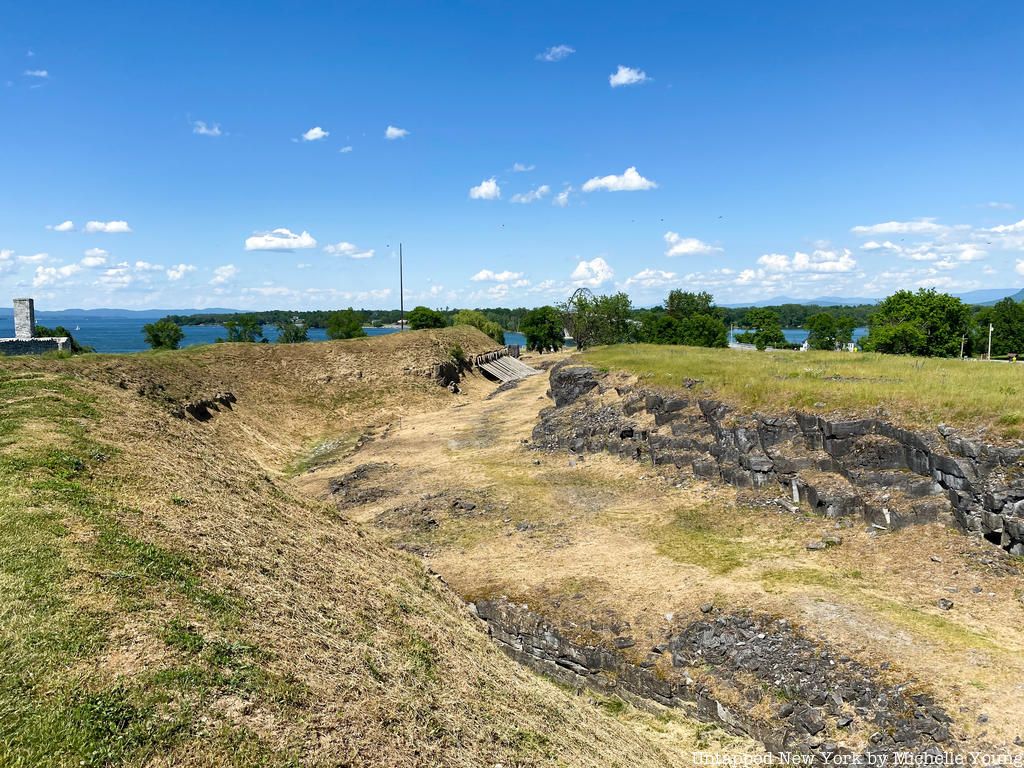
Earthen fortifications at Fort Crown Point
For fifteen years after its construction, Fort Crown Point was never directly assaulted, although it faced a chimney fire in 1773 that destroyed much of the fort. The fort, which was only guarded by nine or so men, was ultimately captured by Captain Seth Warner at the beginning of the Revolutionary War, and the Americans captured 111 cannons from the British. Benedict Arnold also used the fort for his navy on Lake Champlain, yet his army would later be defeated at the Battle of Valcour Island. The British ultimately abandoned the fort in 1780.
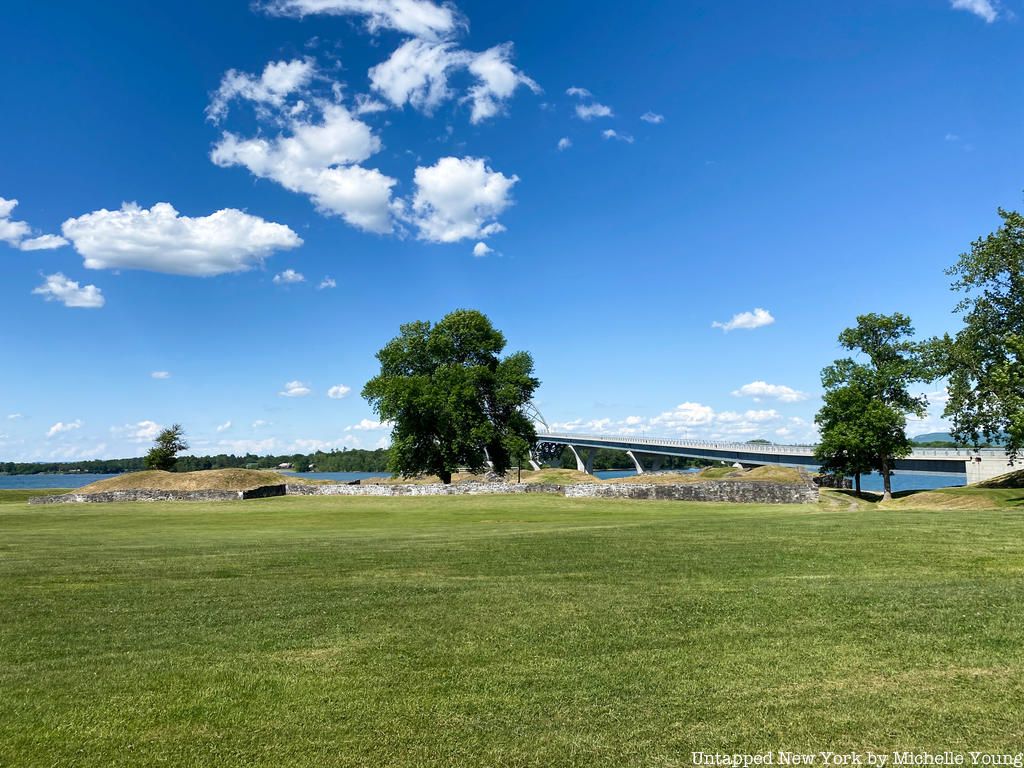
Additional ruins closer to Lake Champlain
A plaque at the site of Fort Crown Point reads, “This tablet is erected by the Society of Colonial Wars in the State of New-York AD 1912 to commemorate the capture of Fort St. Frédéric and the erection of this fortress AD 1759 by the British and Provincial Army commanded by General Sir Jeffrey Amherst.”
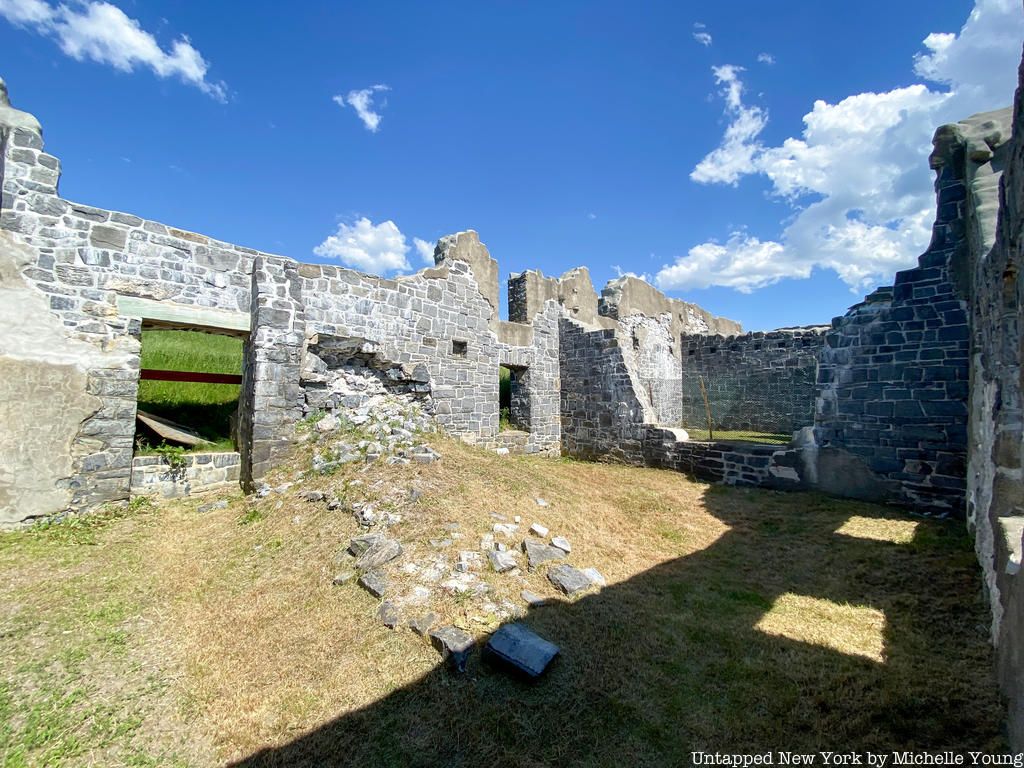
Inside the officer barracks
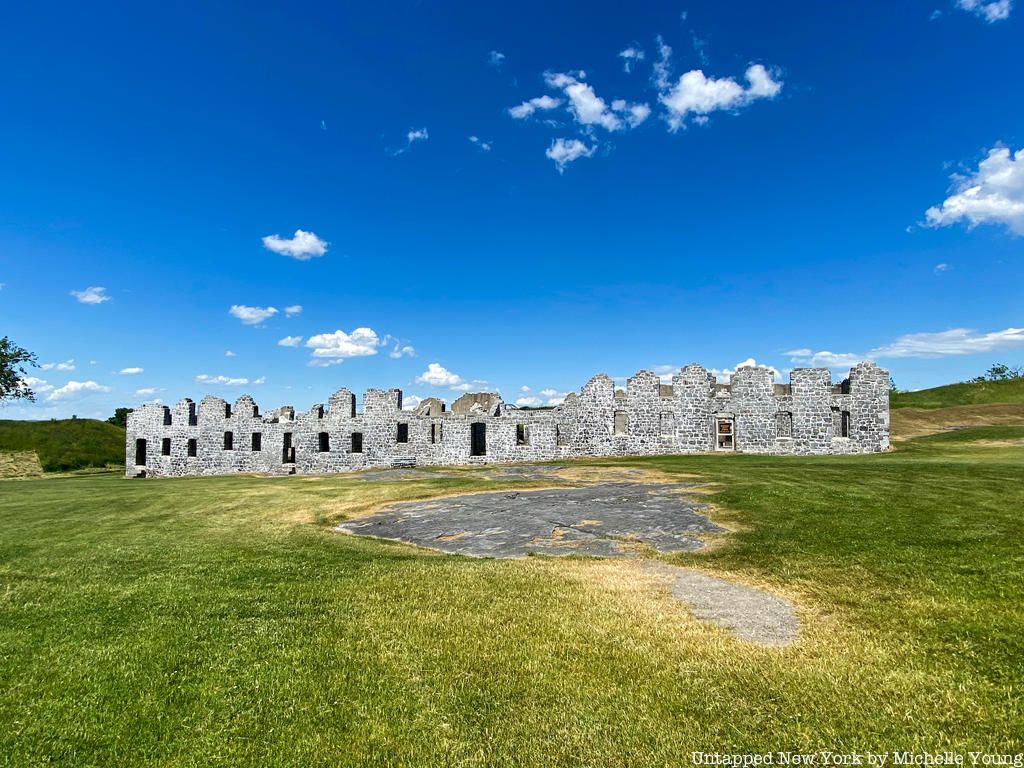
Structures like a parade ground, where troops would assemble for drill and inspection, and a glacis, a long and gradual slope that would bring attacking infantry into the most direct line of fire from the fort are found at Fort Crown Point. Additional structures labeled at the site include a revetment, a stone that impeded damage by erosion of artillery fire, a bombproof, and ramparts.
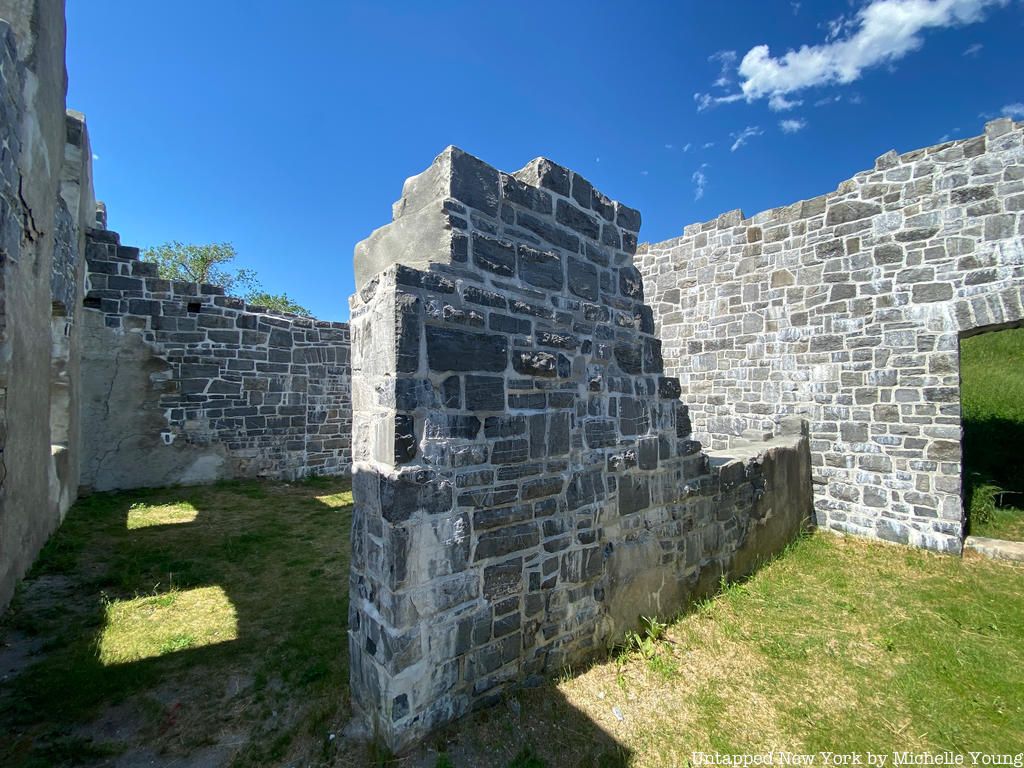
The ruins of the two standings barracks reveal class differences between officers and common soldiers; common soldiers had simple brick floors, slept in rooms of 12 to 18, and had coarse, stone chimneys, while officers had tiled floors, finer fireplaces, and slept in a room with one or two people. Ongoing restoration work is being done to reconstruct parts of the buildings and the earthen fortification walls. It’s an easy exploration, with stairs to bring visitors down from higher parts of the site. Apart from building areas that in restoration, you can walk in and out of the abandoned structures.
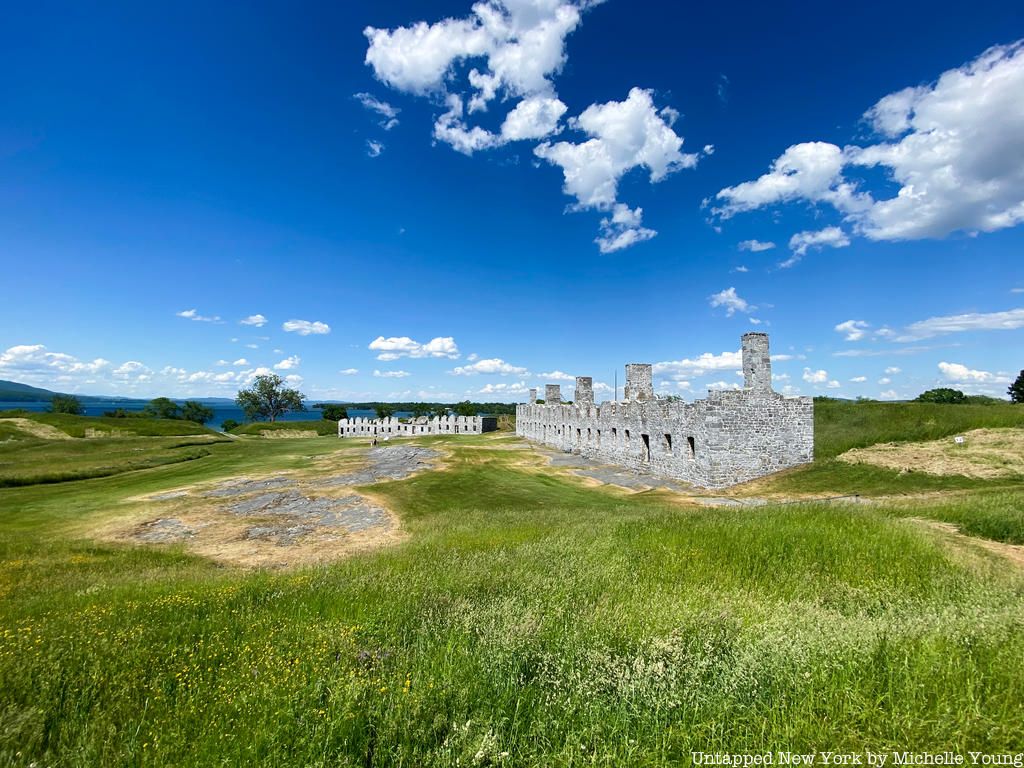
he fort was declared a National Historic Landmark in 1968, and Fort Saint-Frédéric was registered as a National Historic Landmark in 1962.
Next, check out 9 Abandoned Buildings in the Lake George Region and in nearby Lake Placid, check out the Burial Place and Farm of John Brown, Abolitionist Who Led Harper’s Ferry Raid!
Subscribe to our newsletter